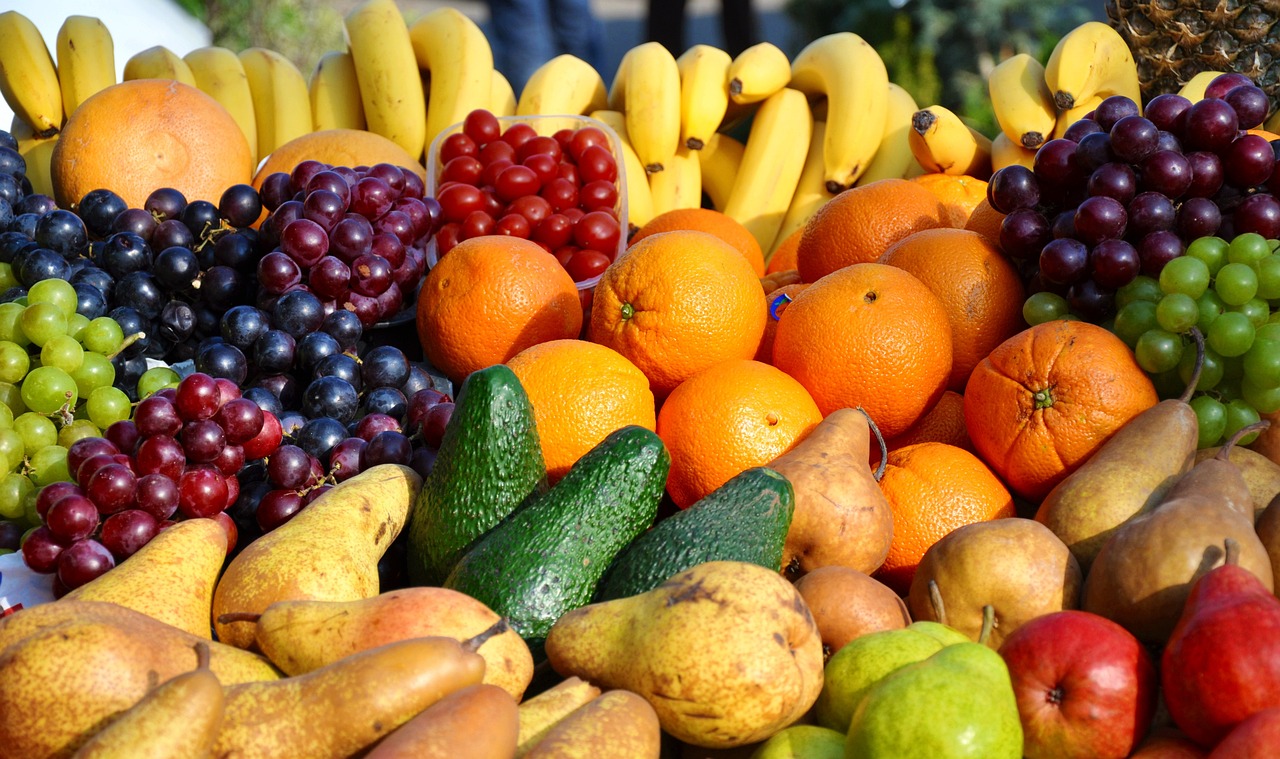A healthy diet should be varied, balanced and colorful. Fruit and vegetables in particular provide important nutrients such as vitamins, minerals and fiber that our bodies need to function healthily. But not every food is equally healthy. Every food has its own nutrient composition, and what is optimal for one person may be less beneficial for another. But is there really such a thing as unhealthy fruit? A study from New Jersey has drawn up a ranking of the healthiest foods. However, one particular type of fruit came in last place.
Ranking of the healthiest foods in the world
The research team at William Paterson University examined the nutrient density of 41 foods. The evaluation was based on a simple principle: the amount of vitamins, minerals and other valuable ingredients was set in relation to the number of calories. The more nutrients and the lower the number of calories, the healthier the food. Particularly surprising: the top 10 healthiest foods are dominated exclusively by green vegetables. In first place is watercress, a vegetable that is native to Europe but little used. With only 100 calories, it completely covers the daily nutrient requirement.
41 foods were examined for the study. The results are surprising.
Fruit not as healthy as expected
Surprisingly, not a single type of fruit made it into the top 10 healthiest foods. The best-placed fruit only came in 28th place – but fruit lovers looking for a “superfood” to sink their teeth into could be disappointed. The best-ranked fruit is the lemon. The sour fruit is considered extremely healthy due to its high vitamin C content and antioxidant properties.
Surprising last place in the ranking
The white grapefruit comes last in the ranking, both among the fruit varieties and in the overall ranking. But that doesn’t mean that white grapefruit is unhealthy. It contains many valuable nutrients that are important for health. The white layer of the grapefruit, the so-called mesocarp, is rich in fiber, which plays a crucial role in healthy digestion and intestinal function. The fruit also contains bitter substances and flavonoids—secondary plant substances that have antioxidant properties and support the immune system.
The reason why white grapefruit performs so poorly in comparison is simply due to its nutrient density in relation to its calories. Compared to vegetables such as broccoli or spinach, grapefruit contains fewer nutrients for the same amount of calories. Nevertheless, it remains a healthy choice, especially as part of a balanced diet.
Why fruit still belongs on the menu
Although fruit scores lower than vegetables in the ranking, it should definitely not disappear from our diet. Fruit not only provides vitamins and fiber, but also natural sugars, which are a readily available source of energy.
Despite its position, white grapefruit also remains a valuable addition to a healthy diet. Its bittersweet taste and high fiber content make it an ideal ingredient for smoothies, salads or simply as a refreshing snack.
- source: gesund24.at/picture: Image by Jenő Szabó from Pixabay
This post has already been read 10071 times!



